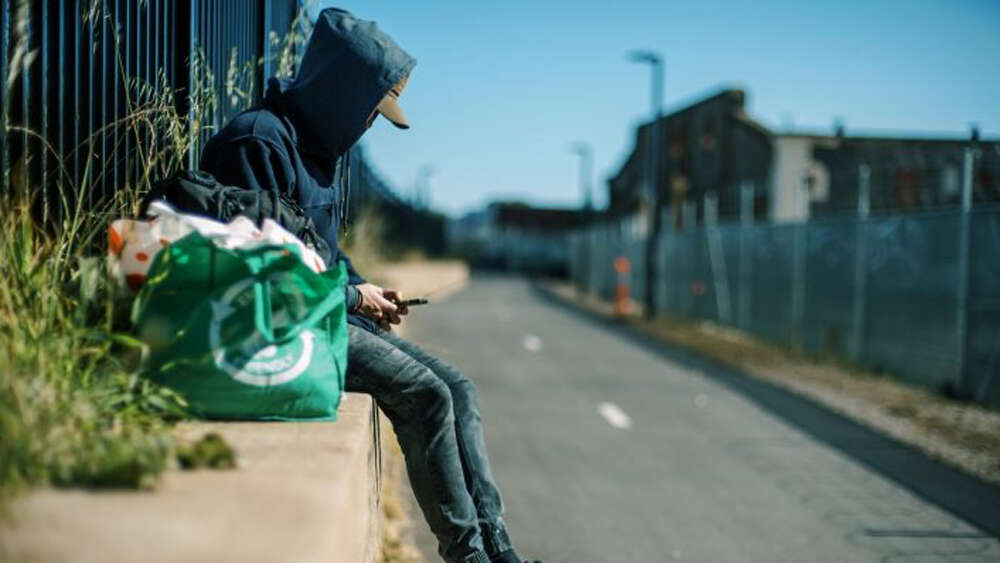Death on the Street: Fifteen out of sixteen we tried to help died, but now we know how to end homelessness
When AnglicareSA’s Head of Homelessness Services Olive Bennell and I started working to end homelessness in the Adelaide Parklands five years ago, we focused on sixteen long-term homeless Aboriginal people and their friends.
We wanted to help them access safe accommodation and health care to treat their chronic health conditions.
We failed.
We couldn’t change the system.
Fifteen of those homeless people died and the fate of the remaining person is unknown.
Very little is known about the deaths of homeless people. The deaths of people living on the street and in parks aren’t counted.
Unvalued and forgotten except by other street people and their workers, the deaths of homeless people are a hidden tragedy.
The cold weather reminds us just how tough living on the street can be.
Street people die young. Their average age of death was 47 years compared to average life expectancy of 83 years.
The University of Western Australia with the Australian Alliance to End Homelessness (AAEH) identified 56 street homeless people who died last year in inner-city Perth.
Street people die young. Their average age of death was 47 years compared to an average life expectancy of 83 years.
If the Perth CBD experience is extrapolated nationally then 424 street homeless people die in Australia each year.
In the US these deaths are termed “deaths of despair” due to drug overdoses, suicide, mental health, and alcohol-related diseases amongst people who experience compound social and economic disadvantage. In short poverty.
We all know that Job Seeker is far too low and a chaotic life on the street means you can’t search for the jobs that just aren’t there for people like you.
Part of the problem is that navigating the silos between different parts of the homeless, health and human services systems is just too hard. It’s hard to detox from alcohol or drugs if the sobering up and rehabilitation services leave gaps putting you back on the street. It’s hard to access medical care if health services can’t find you because you don’t have stable accommodation.
The work of the AAEH and the Zero Projects now coming on stream around Australia demonstrate that well-coordinated access to housing and care for street homeless people works. The methodology of a by-name list of homeless people together with a Collective Impact approach combining health, housing, and human services to identify and work with street homeless people is internationally recognized. Rather than counting up those who are housed, this approach counts down those who are homeless until functional zero street homelessness is achieved. (Where over three months there are more places and support available than people living on the street.)
Well-coordinated case management, access to housing and long-term tenancy support demonstrably enables street homeless people to escape homelessness. This approach called Housing First has shown that the use of scarce hospital resources and emergency housing and recidivism by street homeless people are all reduced. This generates ongoing savings for government and the community.
We need to truly value the lives of street homeless people. All are equal in the eyes of God.
It’s not going to be easy, the lack of social housing stock is a major impediment to overcoming homelessness and this has been the big omission in pandemic stimulus funding. Rather the priority has been to subsidize home renovations and landlords, further entrenching the disadvantage of those locked out of homeownership.
But the larger challenge is to better prevent people from falling into homelessness in the first place. As jobs have disappeared families and particularly older single women have faced homelessness. Helping people to retain their homes is a big issue and as COVID 19 eviction moratoriums end it’s getting worse.
The Rev’d Canon Peter Sandeman is an AAEH Board Member
Email This Story
Why not send this to a friend?


